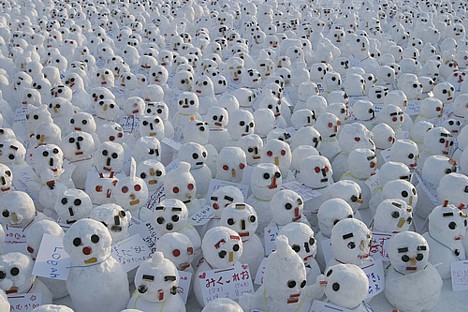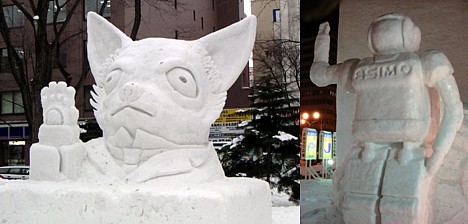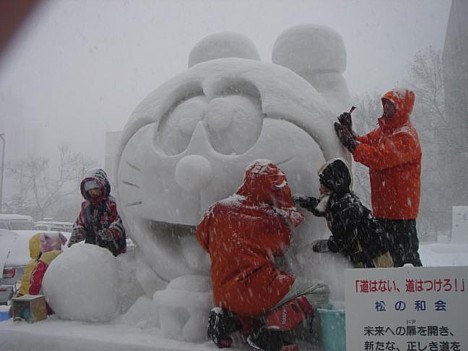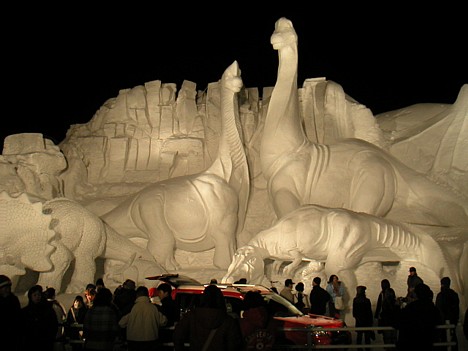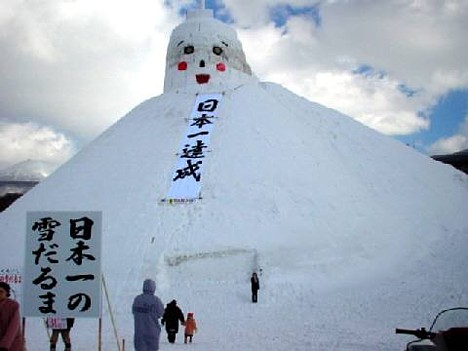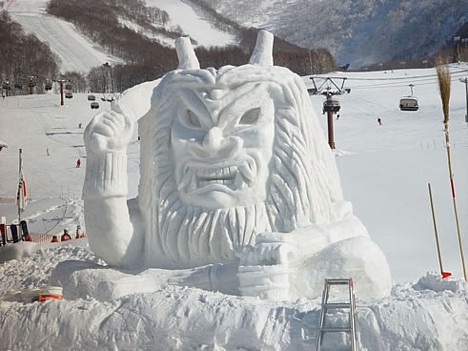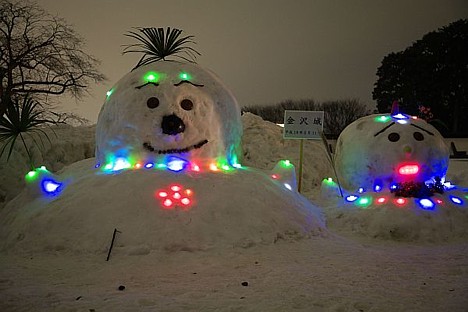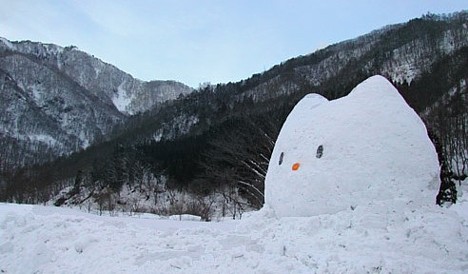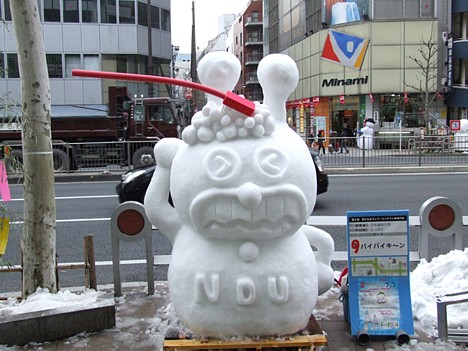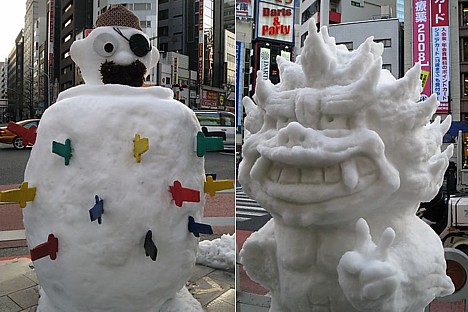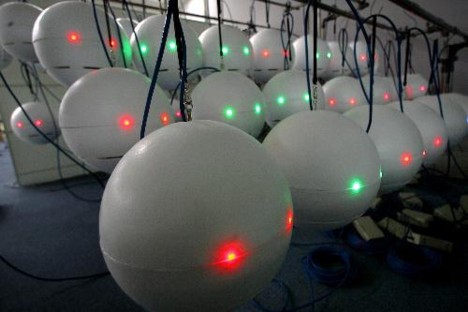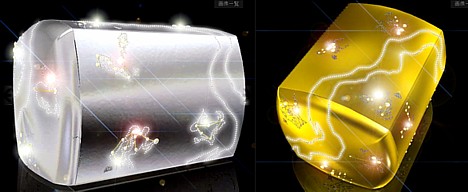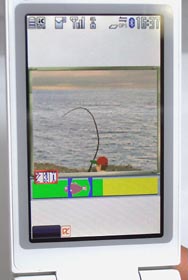 For mobile gamers in western Japan, a hearty seafood dinner awaits just a few key clicks away, thanks to a unique new cellphone fishing game that rewards successful players with home deliveries of fresh, real-world fish.
For mobile gamers in western Japan, a hearty seafood dinner awaits just a few key clicks away, thanks to a unique new cellphone fishing game that rewards successful players with home deliveries of fresh, real-world fish.
The game -- called "Ippon Zuri" (which means "pole-and-line fishing") -- was created by FIT, a Fukuoka-based system development company who teamed up with a local seafood wholesaler. Game play is simple: players use the phone keys to cast bait to promising-looking fish in the game's virtual waters, which include sea bream, crab, and other seasonal fish. When a fish takes the bait, the player is sent to a slot machine screen where, if luck prevails and 3 numbers line up appropriately, the virtual fish is hooked and reeled in. A message is then relayed to the wholesaler, who picks up the real-world equivalent from the local seafood market and delivers it, whole and raw, to the player's doorstep.
FIT president Hiromi Fukuda suggests that Ippon Zuri is more enjoyable than other fishing games because it allows players to eat what they catch. The game (which seems rather like a fancy seafood ordering system) promises more entertainment than a mundane trip to the supermarket and more convenience than a fishing trip to the seaside, and it makes a great pick-me-up for hungry fishermen feeling down on their real-world luck.
The game is open to Fukuoka-area NTT DoCoMo users who register at the Ippon Zuri site and pre-pay for the games (1,000 yen for 3 games) using Edy electronic money.
[Source: Fuji Sankei]

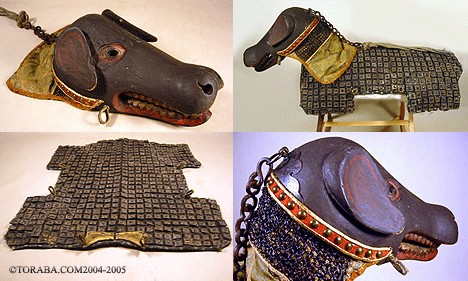
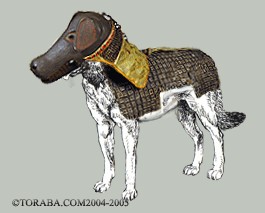

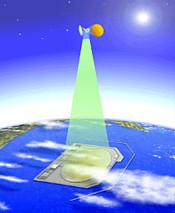 JAXA says the orbiting solar arrays, which have the advantage of being able to collect energy around the clock regardless of the weather on the ground, will need to transmit microwaves through the earth's atmosphere at frequencies that are not affected by the weather. The researchers are now looking at using the 2.45GHz and 5.8GHz bands, which have been allocated for use with industrial, scientific and medical devices.
JAXA says the orbiting solar arrays, which have the advantage of being able to collect energy around the clock regardless of the weather on the ground, will need to transmit microwaves through the earth's atmosphere at frequencies that are not affected by the weather. The researchers are now looking at using the 2.45GHz and 5.8GHz bands, which have been allocated for use with industrial, scientific and medical devices. 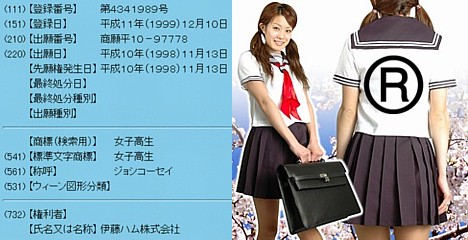
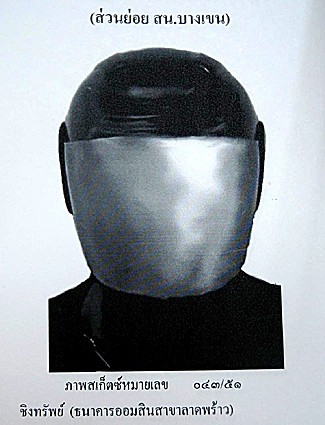
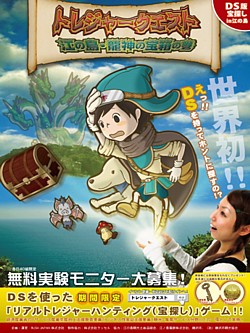 On a small island near Tokyo, people armed with Nintendo DS portable game consoles are scouring the terrain in search of clues that will lead them to a secret treasure. The activity is part of a unique, virtual-meets-real-world game called "Treasure Quest: Enoshima - Treasure of the Dragon," which was developed by Rush Japan, a Tokyo-based company that specializes in planning treasure hunts and tourism-related events.
On a small island near Tokyo, people armed with Nintendo DS portable game consoles are scouring the terrain in search of clues that will lead them to a secret treasure. The activity is part of a unique, virtual-meets-real-world game called "Treasure Quest: Enoshima - Treasure of the Dragon," which was developed by Rush Japan, a Tokyo-based company that specializes in planning treasure hunts and tourism-related events. 